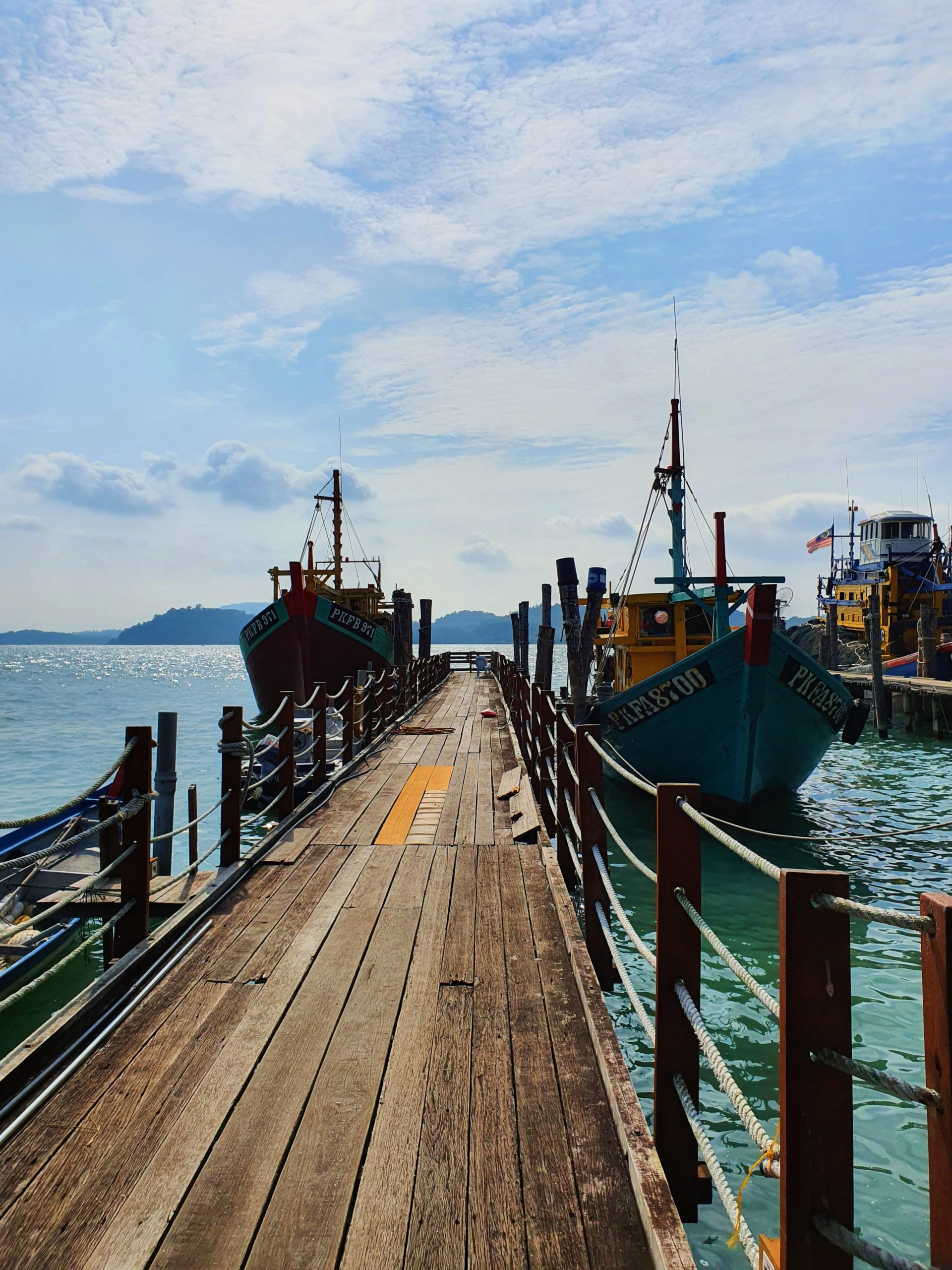HISTORY

According to earlier history Sitiawan’s name comes from the story of four elephants passing through a village. When one of them was stuck in the mud of the Dinding river, another from the herd tried to help but became similarly immobilized by the river bed. Eventually the two elephants drowned in the rising river water.
In the 19th Century, the village, together with the district of Dinding where it was located, was opened up to British colonial rule and the trade and mining and agricultural economy administered by the Straits Settlements government from Penang.
Initially named Kampung Gajah Mati (Dead Elephant Village) from the folklore, the name was changed to Kampung Setia Kawan (Loyal Friend Village) or Setiawan and eventually to Sitiawan in the 1890s. Formal recognition of the name was accorded by Huge Low, the British Resident of Perak at that time

Pangkor Island
Economic development had begun in Perak and the Dindings area a few years after the signing of the Pangkor Treaty in 1874, and was further boosted by immigration. Many Achinese made Dindings their home and planted pepper and other cash crops as well as padi. The Malays formed the majority in the district until the influx of Foochow immigrants from southern China at the turn of the century.
A key impetus to the town’s development came from a large group of Foochow migrants settlers led by Christian missionaries who migrated to Sitiawan in 1903 as part of a project by the colonial government to establish a rice growing settlement.
The hope was that the Foochows, a group distinct from the Hokkien, Hakka, Cantonese, Teochew and Hainanese, would concentrate on rice cultivation and help meet the food needs of the Malay states. For that purpose, Sitiawan appeared an ideal site for the colonial administration, being far from the tin-mining areas of Perak.
An American-German missionary with the Methodist Episcopal Mission, Dr H.L.E. Luering was appointed to bring 1,000 Foochows to Sitiawan. An extraordinary missionary-adventurer, Luering had undertaken pioneering missionary activity in north Borneo and north Fujian, and also among the aborigines in Perak.
Accompanied by a Chinese missionary, Reverend Ling Ching Mi, they left in May 1903 for the Southern China region of Minhou, Kutien and Fuching, and encouraged members of the local Methodist churches there to migrate to a “Southern Canaan”.
The emigration was a gradual process. While the first batch consisted of only 363 people, the aftermath of the Boxer Uprising prompted further migration. The majority of the Foochows were Christians who desired to evade persecution and practice Christianity.
Sitiawan was seen as their Promised Land but it was a difficult one. The first batch of migrants lived in nine attap cottages housing 40-50 dwellers each. It was claimed that one could easily wash one’s feet in water by the bedside during rainy days.
The second batch of 200 migrants added to the overcrowding and inevitable toll on life in a relatively harsh new environment. It was not until by the end of the year that they were granted their apportioned lands which was only half the size of what they apparently were originally promised: the Kutien group was given the Kampung Koh area; the Minhous the area adjoining it; and the Fuchings the land bordering the sea. Three acres of land were allocated to each planter.
Thus began the agriculture and livestock-based economy in Sitiawan. According to local historian Reverend Liew Kek Ming the settlers, after failing in their initial padi planting attempts, switched to rubber. This change in crop proved pivotal to the growth of Sitiawan as world rubber prices were increasing at the time. It provided the basis for the subsequent development and prosperity of the town and its population.
The remarkable profits generated by the rubber boom by 1915 transformed many settlers into smallholders with wealth and social positions. Despite the rubber slump after the First World War, Sitiawan’s growth continued steadily with the construction of roads, linking it to bigger towns such as Taiping and Ipoh. By 1918 Sitiawan had its own police station in Simpang Ampat and a hospital and administrative offices were also set up.
As with other town’s Sitiawan’s development was shattered by the Second World War and the subsequent Japanese Occupation. The town’s subsequent peace and development was also disrupted when it was caught in the middle of the Malayan emergency pitting the British against the Malayan Communist Party for control over post war Malaya.
Sitiawan was the hometown of several key leaders of the MCP, including the party’s leader, Ong Boon Hwa aka Chin Peng. It was not until the granting of independence and the end of the communist insurgency in 1960 that the town was able to resume normal development